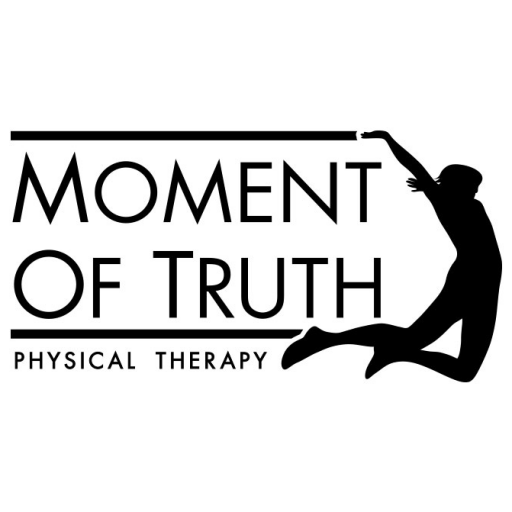Whether you had a planned or unplanned Cesarian birth, the scarring and pain that accompanied your C-section might have been surprising. Many women feel uncomfortable or self-conscious about scarring from a C-section. Still, even if you’re entirely comfortable with your newfound scar — the potential risks it poses for future pregnancies can be a cause for concern.
If you recently had a C-section and are curious about what you can do to help with the healing process — read through the post for a wealth of helpful information.
Why Is Treating a C-Section Scar Important?
You might think, “My C-section scar doesn’t bother me at all. What’s the big deal about addressing it right away?” Well, if you’re one of the many women who had a C-section and would like a VBAC — a vaginal birth after a C-section — for your next delivery, healing your C-section scar might be more important than you realize.
Scar tissue can continue growing like a vine and, if left untreated, can begin to adhere to the bladder. Mobilizing the scar tissue can eliminate adhesions and inflammation caused by your C-section scar and make a VBAC more possible.
Who Should Seek Out C-Section Scar Treatment?
All women who experience a Cesarian birth would benefit from C-section treatment to avoid future issues with scar tissue. However, women who continue to experience C-section scar pain past the standard 6–8 weeks should seek treatment immediately.
Examples of pain from a C-section scar might include:
- Pain, pulling, tingling, or numbness where the scar ties off, often on the right side since most surgeons are right-handed. Usually, this pain is amplified by sharp or sudden movement.
- An increase in headaches. It may seem far-fetched that a C-section scar on the abdomen can cause head pain, but tension centered at the front of the body and in the pelvic floor is known to cause painful headaches.
- Lower back pain. C-sections (and the scarring that accompanies them) disrupts the supportive function of the core muscles and can create tension that pulls through to the lower back.
Best Ways to Treat C-Section Scar Pain at Home
Women struggling with pain from a C-section scar will benefit from massaging the scar at home. Gently “creepy crawl” your fingers across the scar and feel for any hard spots. When you find a stiff place, sink into it to work out the knots.
You can also put your finger “inside” part of the scar and move it up and down and side to side, then move to the next spot and repeat the same motion. This ensures that the tissue stays mobile to avoid the “vine effect.” If you feel the tissue pulling “down,” then that usually indicates some scar tissue beneath growing like a vine that may require further treatment.
How Can a Pelvic Floor Physical Therapist Help with C-Section Scarring?
Anyone trained in manual therapy — including most physical therapists — can help treat scar tissue pain. However, many women prefer to work with a pelvic floor physical therapist, like Moment of Truth Physical Therapy, because we also check the scar tissue internally and can perform myofascial release therapy to release tightness and pain.
We feel behind the pubic bone and massage on either side of the bladder to check for inflamed tissues or adhesions from the C-section scar (especially for women prone to inflammation, like those with PCOS). We then release these tissues internally to provide lasting benefits.
What Is Myofascial Release?
Fascia is all our connective tissue — it’s not a muscle, and it’s not something that can be seen on an MRI, so it can be challenging to identify and treat.
Myofascial release is a slow, safe, and effective way to realign the body’s tissues while restoring their fluidity. While a C-section scar is permanent — it comes from a cut — you can minimize the impact of the scar by keeping all the other tissues mobile and improving the fluidity and circulation in the tissues. Myofascial release has also been proven to decrease inflammation in the body, and it’s inherently trauma-informed, so it’s excellent for women suffering from birth trauma from a C-section and healing a vulnerable part of the body.
How Can a Pelvic Floor Physical Therapist Help Before & Aftera C-Section?
Pelvic floor physical therapists, like our team at Moment of Truth Physical Therapy, offer more than myofascial release and healing from C-section scars. We also provide women with emotional support and help them understand their choices before delivery, so they’re not blindsided in the hospital and left with birth trauma from a C-section.
If you need treatment for C-section scarring or want to talk to someone about what to expect after a C-section, our team at Moment of Truth Physical Therapy in Peoria, Arizona, would love to talk to you. Schedule a free discovery session to get started!


0 comments